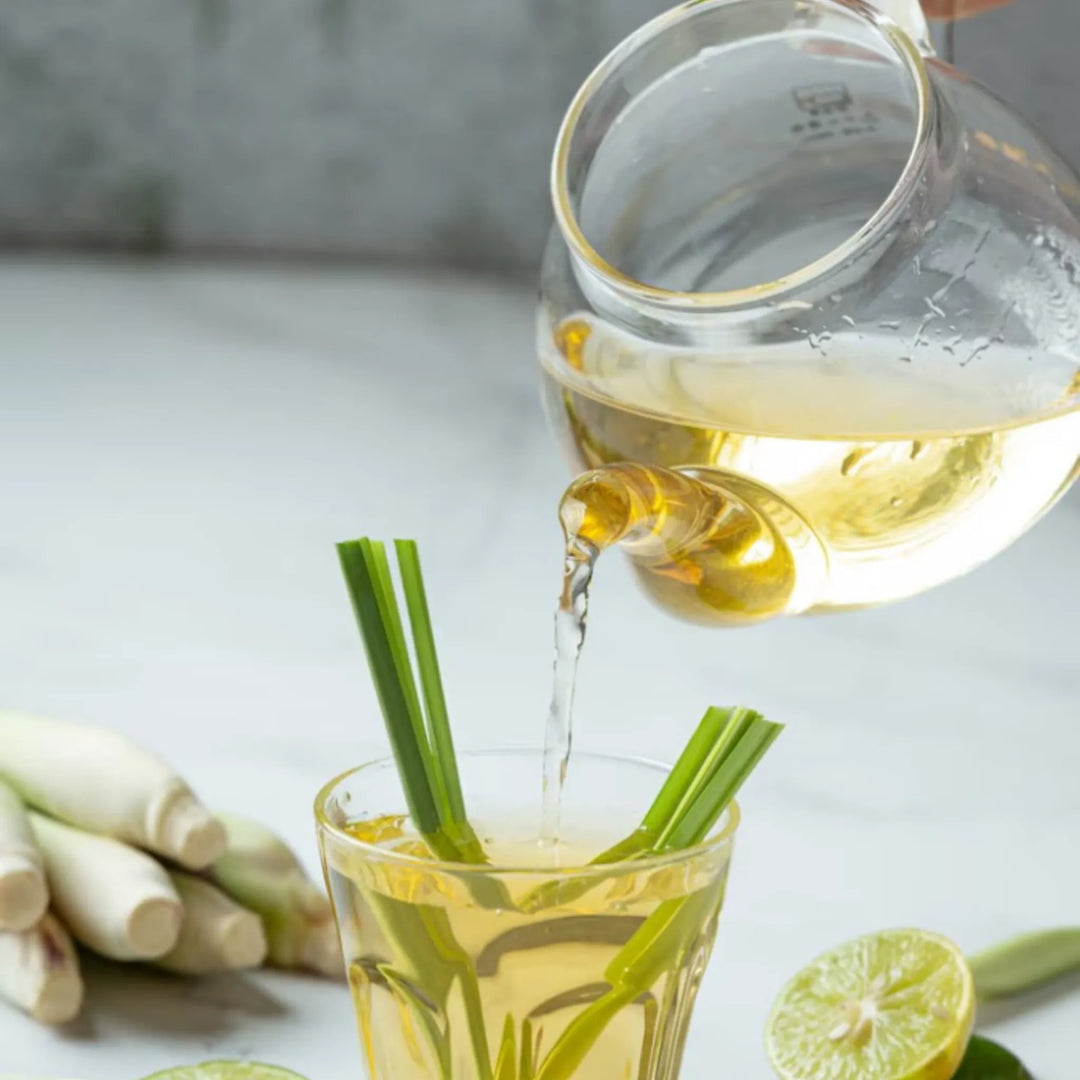What's The Deal with Probiotics? | Herbal Goodness
For most people, the mere mention of the word bacteria invokes images of filthy microscopic organisms that cause disease.
That’s understandable considering we have been conditioned to associate bacteria with diseases since way back when.
In truth, though, all bacteria are not created equal.
There are bad (harmful) bacteria and good (helpful) bacteria. In fact, so ‘good’ are the latter that our entire health and wellbeing depends on how much of this kind we harbor in our bodies, or gut to be specific.
Probiotics fall into this good category.
Understanding probiotics
Probiotic is a word given to live bacteria and yeasts mostly present in your GI tract that are essential for its, and consequently your, health. They are a wonderful way to refuel the friendly bacteria while keeping bad bacteria in check, the result of which is a healthy gut.
Probiotics are naturally present in the body, but you can also find them in certain foods (mostly fermented) as well as in dietary supplements.
The importance of helpful bacteria in our bodies cannot be emphasized enough. You see, the health of our digestive system has an enormous effect on our overall health. In fact, there is a school of thought among doctors that believe digestion is the prime cause of all health problems.
These 9 foods boost blood platelets formation
When you consider the fact that our gut harbors 10 times more bacteria than all the cells in the entire human body, that notion doesn’t seem farfetched after all.
Over the last two decades or so, research has shown that gut health is integral to our general wellbeing and that an unhealthy gut is the root cause of a long list of diseases.
This is something Greek physician Hippocrates had noted over two thousand years ago, but it is only recently that we are starting to come around that datum.
Types of probiotics
Probiotics are usually a blanket term referring to different types of good bacteria. Most of these bacteria primarily fall into two groups, each with its own set of benefits.
- Lactobacillus: Is the most common of them all. You can find it in yogurt and other fermented foods. Different strains of Lactobacillus are believed to be a remedy for diarrhea and lactose intolerance.
- Bifidobacterium: Is only found in dairy products. It is this kind that is recommended for people suffering from IBS (Irritable Bowel Syndrome) and other related conditions.
This strain has also been shown to effectively metabolize lactose.
Before taking probiotics, it is advisable to consult your doctor on which is best for you.
How can taking probiotics benefit me?
As we have mentioned, probiotics can help you realize the benefits of a healthy gut, and they do this by helping restore your digestive system to optimal levels. Just like a healthy baby’s J
There have been multiple studies trying to link which probiotics are effective for different health conditions.
Consuming probiotics is also said to benefit those suffering from:
- Oral health
- Skin conditions
- Allergies and colds
- Vaginal yeast infections
What foods contain probiotics?
Some of the main food sources of probiotics you should be eating include the following:
-
Sauerkraut
This is a fancy name for finely chopped, fermented cabbage, and it is one of the oldest traditional foods, especially in Europe.
Sauerkraut is also packed with minerals, vitamins, and antioxidants (lutein and zeaxanthin in particular). If you are buying your sauerkraut from the store, opt for unpasteurized brands which contain live bacteria.
-
Kimchi
Kimchi is a spicy Korean side dish that is mostly prepared from fermented cabbage. It contains lactic acid bacteria which could be beneficial to your GI tract.
-
Kefir
Kefir is a drink made from fermented milk. It is a Turkish name which can be translated to “feeling good” (after eating).
Kefir is linked with multiple health benefits and is a better source of probiotics than yogurt.
-
Tempeh
Tempeh is a product made from fermented soybean and a great choice for vegetarians.
It is often used as a high-protein substitute for meat and is loaded with vitamin B12 which is mostly found in animal products.
-
Miso
Miso is a Japanese seasoning made from fermented soybean paste. It is high in a number of important nutrients and women are especially urged to include it in their diet.
-
Yogurt
Yogurt is one of the most common and best sources of probiotics. However, not all brands contain live probiotics as the live bacteria may have been killed during processing.
As well, yogurt with high amounts of added sugar is not recommended as a probiotic source. Always read the label before buying, and remember that low-fat or fat-free doesn’t mean it lacks added sugar.
This is why you should always choose yogurt containing active or live cultures.
-
Traditional buttermilk
Buttermilk is actually a name given to an array of fermented dairy drinks, although the two major types are traditional and cultured buttermilk.
Traditional buttermilk (aka Grandma’s probiotic) is mainly used in India, Nepal, and Pakistan and is the one you should be consuming.
This is because the type found in American supermarkets is cultured buttermilk which is devoid of any probiotic benefits.
-
Kombucha
This is a fermented tea drink made from either black or green tea.
Most of the research on kombucha as a probiotic is mainly centered on animal and test tube studies, and high-quality evidence on humans is currently lacking.
Last Word
If you or your children are not taking probiotics, perhaps now would be a good time to start. There is no need to wait until the damage is done to start taking curative measures.
You can introduce probiotics into your gut either through the foods we have listed here or by taking a probiotic supplement.
Please note that this list of probiotic foods is in no way exhaustive; there are many other incredible probiotic foods out there.
Start incorporating them into your diet, and you will be glad that you did.
Read More: Four Ways to keep your guts happy
Related: Natural Products Expo West












